The Sa Bassa Blanca Museum—msbb, founded by Yannick and Ben Jakober Foundation, can be regarded as a hidden gem on the island of Mallorca, Spain. The Foundation was established in 1993 by the couple formed by artists and collectors, Ben Jakober and Yannick Vu and philanthropist Georges Coulon Karlweis. This year marks the 30th anniversary of the foundation. The art collection, with around 1500 pieces of contemporary art, reflects the multicultural backgrounds that Ben and Yannick Jakober share: having lived in Polynesia, got married in Mexico, with Austrian, Vietnamese, and French roots, and having embarked on a documentary project in Nigeria in 1970 while living in Mallorca.
LARRY’S LIST had a conversation with the couple about why they chose this location for opening the museum, how the collection follows the idea of a “Gesamtkunstwerk”, their wish list in 2023 regarding the museum and its collection, and their visions for the museum in the upcoming years.
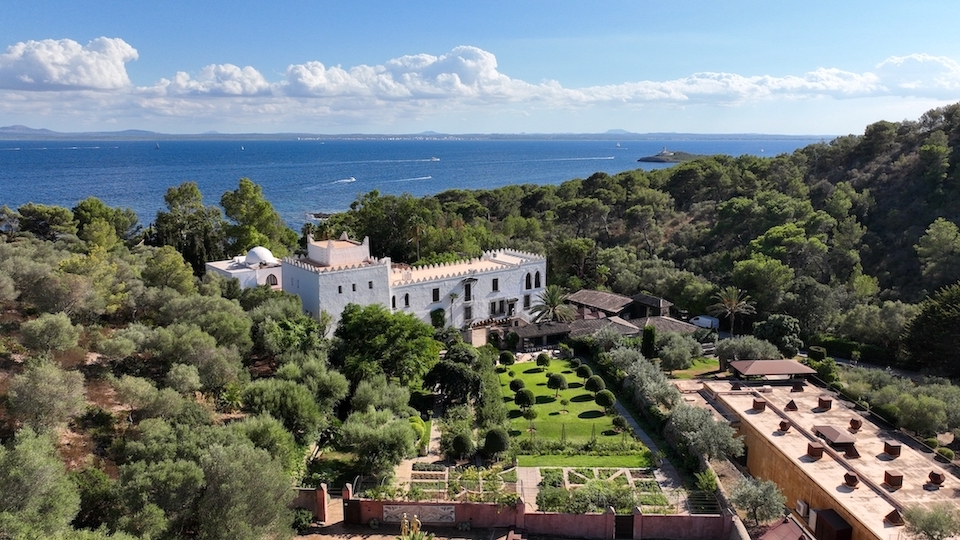
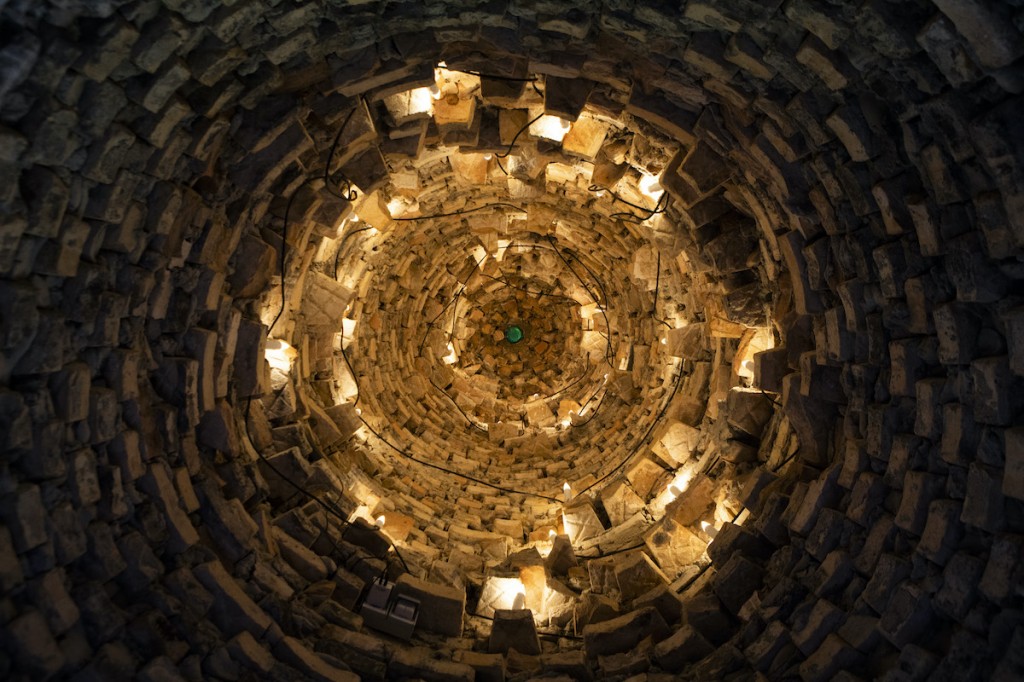
Background
What was your motivation behind opening a foundation and a museum?
The Museum Sa Bassa Blanca evolved gradually from our partially acquired and partially inherited collection and our wish to be able to preserve and share our joy of art – triggered through personal tragedy, the passing of our daughter Maima in 1992 at barely 19 years of age. We embarked on this journey wanting to perpetuate her memory and soon found it necessary to give form to the project. Thus, the Hassan Fathy building, including the contained artworks and its surrounding terrain, Sa Bassa Blanca, were donated to a non-profit foundation, established in 1993 for this specific purpose. The denomination “museum” was later authorized by the competent authorities.
Why did you choose this location for opening the museum there?
The island of Mallorca had attracted us already in the 1960s, a time where a considerable influx of young artists had created artist communities, such as the well-known circle of Deía, with artists like Matti Klarwein or Domenico Gnoli. We eventually built a house by the sea close to Alcúdia, designed by the seminal Egyptian Architect Hassan Fathy in 1978-80 for our family. The building was transformed into exhibition spaces in the 90s, thus creating the stepping stone for later additions, that now include: the ALJIBE underground space where the NINS collection is housed; SOKRATES— also a subterranean space, that boasts a James Turrell installation and a huge array of works from all over the world in juxtaposition with artists, such as Miquel Barcelo, Domenico Gnoli, Louise Bourgeois, and Rebecca Horn; and the sculpture park with over 50 monumental renderings of animals in bronze and granite from our own studio, as well as acquired and donated works, for instance the ones on the unambiguously denominated “Michael Prentice lane” within the park.
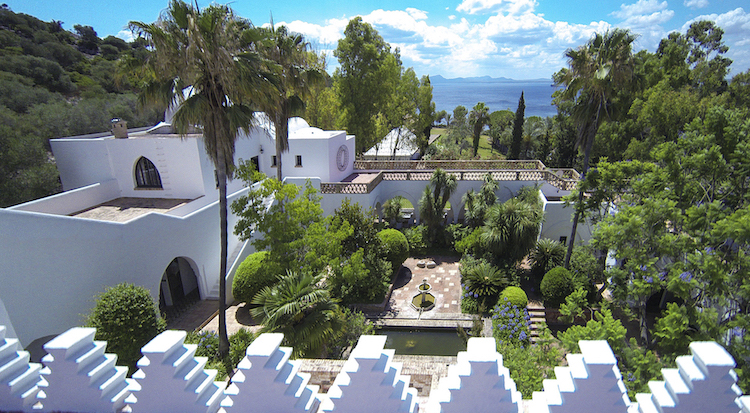
What are the missions of the museum? What are the ways to achieve these missions?
In line with the statutes of the foundation, the missions principally are the conservation and restoration of works of art of historical, educational, scientific and artistic value, the furthering of the arts in general, sculpture and paintings in particular through the exhibition, diffusion and gathering of knowledge of the above, and the interchange and realization of such activities principally within the territory of the Balearic Autonomous region. In order to achieve these, the entirety of the collection and the way it is presented at the museum follows the idea of a “Gesamtkunstwerk” in cultural dialogue and the questioning of historical relationships. As the president and secretary of the foundation, we rely on a board of 9 trustees and a team of 16 permanent staff members, in order to refine the presentation of well-reflected compositions of works as well as the visitor experience. We aim to create a place of contemplation, where one can dwell and find something—an idea, an impression—to take home and carry forward.
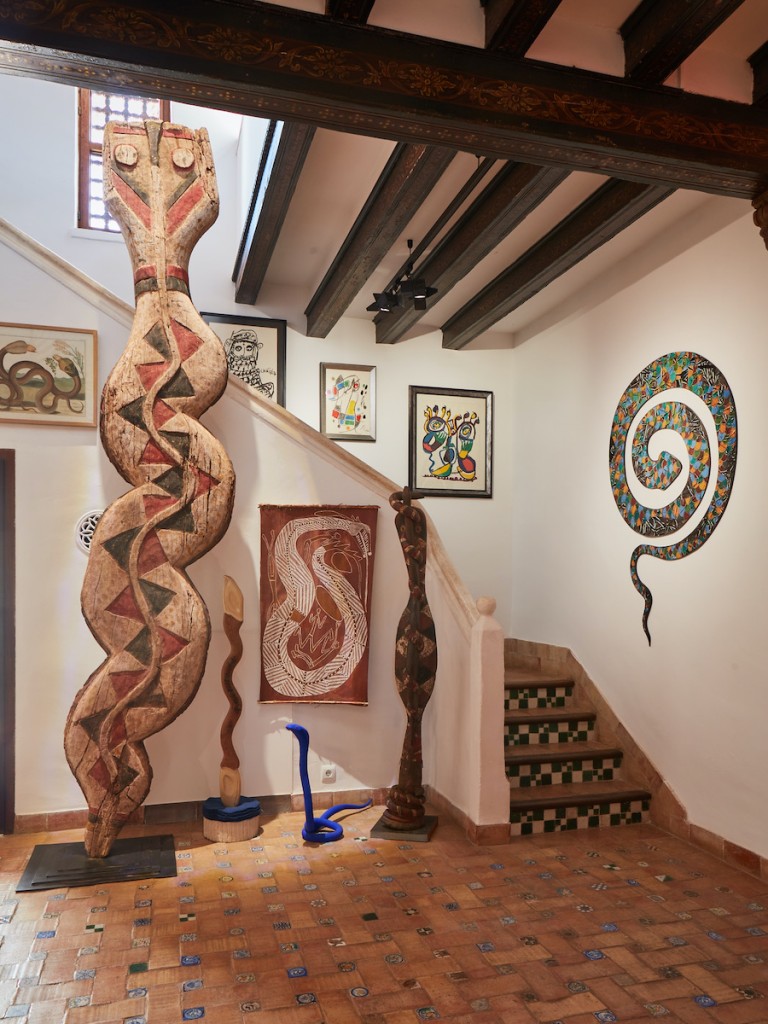
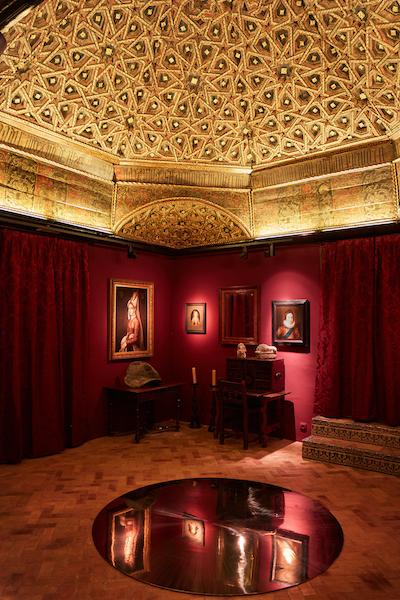
The collection
How many pieces of modern and contemporary art are in the museum collection?
There are presently some 2200 inventoried works in the collection, ranging from tribal art to conceptual pieces and installations. Around 1500 of the pieces in the collection are modern or contemporary.
How do you decide what from your collection to show in the museum?
We rotate the works regularly to create new propositions through dialogue among the works from the collection. It is a creative curatorial process inspired by the perception of art and the collection seen through the lens of roots or ideas related to the cultural and historical artefacts at our disposal. We create these propositions with the hope to reveal connections, visually and conceptually, to be discovered and interpreted subjectively by the perceptive viewer.
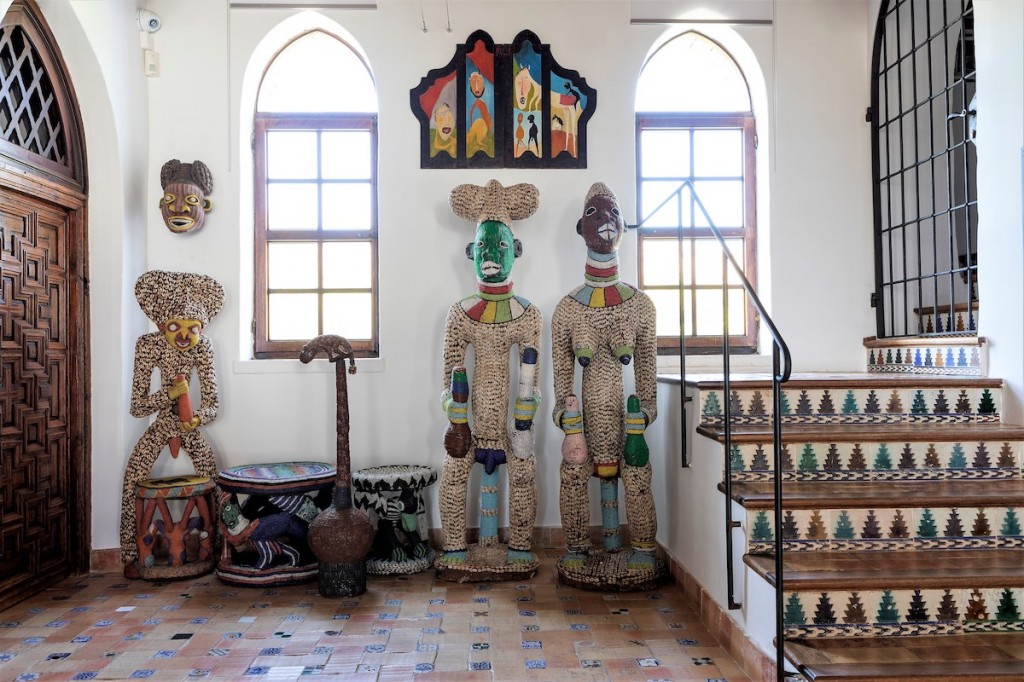
Do your private collection and the collection in the museum have different focuses?
All the works we acquired by inheritance, purchase or donation over the years are now deeded to the foundation. So the distinction between private collection and museum collection does not apply to us in that sense. When it comes to focus, one would observe that the focus has shifted over time according to what we have lived or discovered on our journey. We are decidedly unfocused, which partially stems from our own culturally diverse backgrounds, our travels or the places we called home: we lived in Polynesia, got married in Mexico, have Austrian, Vietnamese and French roots and embarked on a documentary project in Nigeria in 1970 while living in Mallorca. This is reflected in the collection which is held together by common concepts and ideas about humanity, life and this wonderful planet we call home.
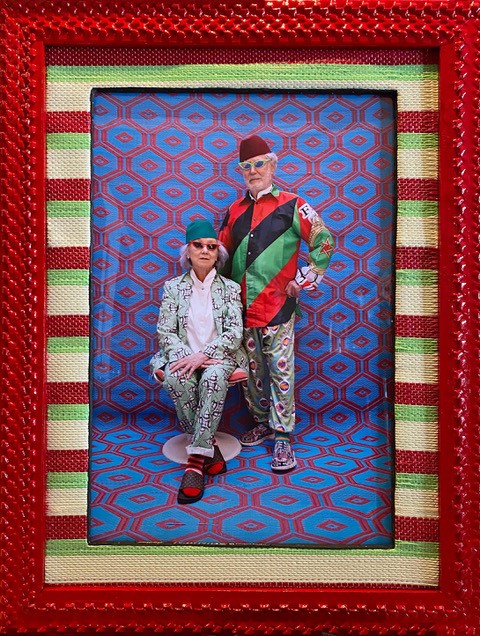
The programming
Msbb did not do temporary exhibitions until 2014. Why did you decide to start doing temporary exhibitions?
We do not show temporary exhibitions but rotate the inventory often to be able to include the latest acquisitions and enrich the different conceptual propositions on display.
Can you highlight one or two best temporary exhibitions you have done so far?
Since the concept of temporary exhibitions does not apply to the msbb itself, one would need to look at our program of temporary loans and travelling exhibitions. In particular the NINS collection, 165 portraits of children from the 16th to early 19th century has been exhibited temporarily at: The State Historical Museum, Moscow, Kunst und Austellungshalle Bonn, The Pera Museum, Istanbul, Kunsthalle Krems, Frist Center Nashville, Museo de arte Brasileira, Sao Paolo, Museo de Bellas Artes Valencia, American travelling exhibition – Columbus Ohio, Huntsville Alabama, The Four Arts, Palm Beach, etc.
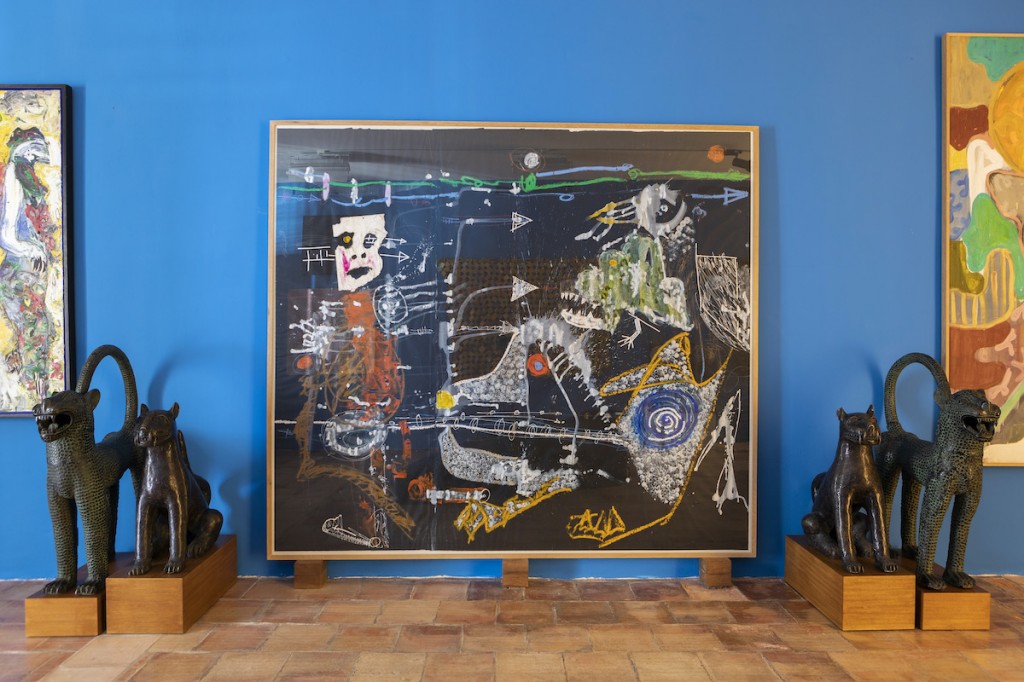
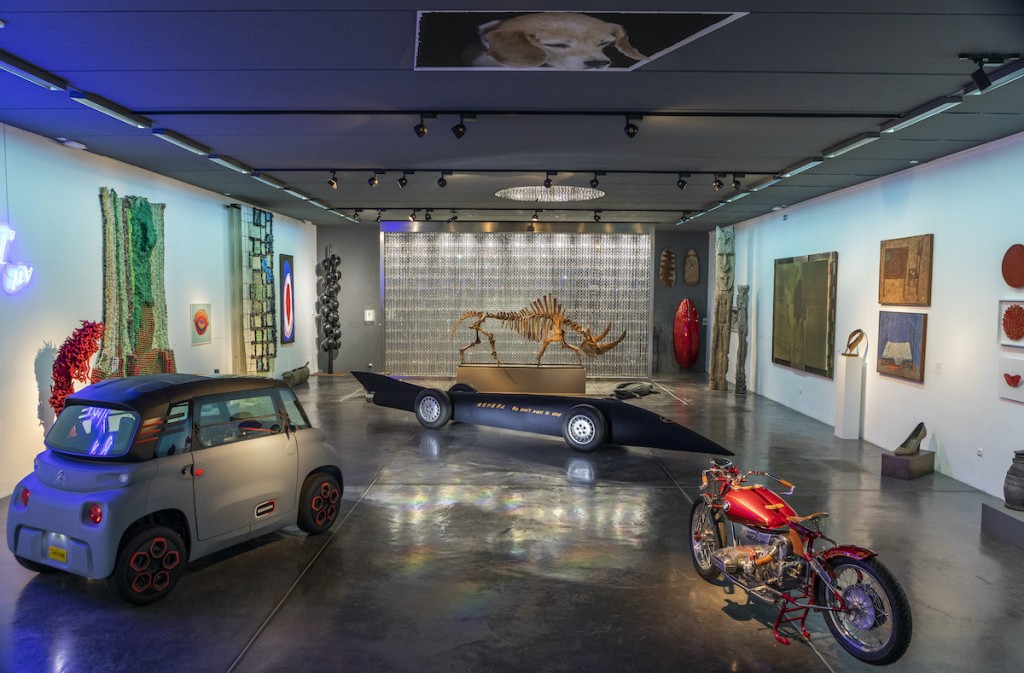
How much do you involve in the programming as well as the curating of exhibitions in the museum?
We remain totally involved at this time in all aspects of the museum in close collaboration with the art director and administrative director.
How is the programming in 2023? What are the special upcoming programs that we definitely should not miss out?
2023 marks the 30th anniversary of the foundation and we are preparing a series of events to celebrate this wonderful occasion with our visitors. All information will be published online on our website and our social media channels (@museosabassablanca).
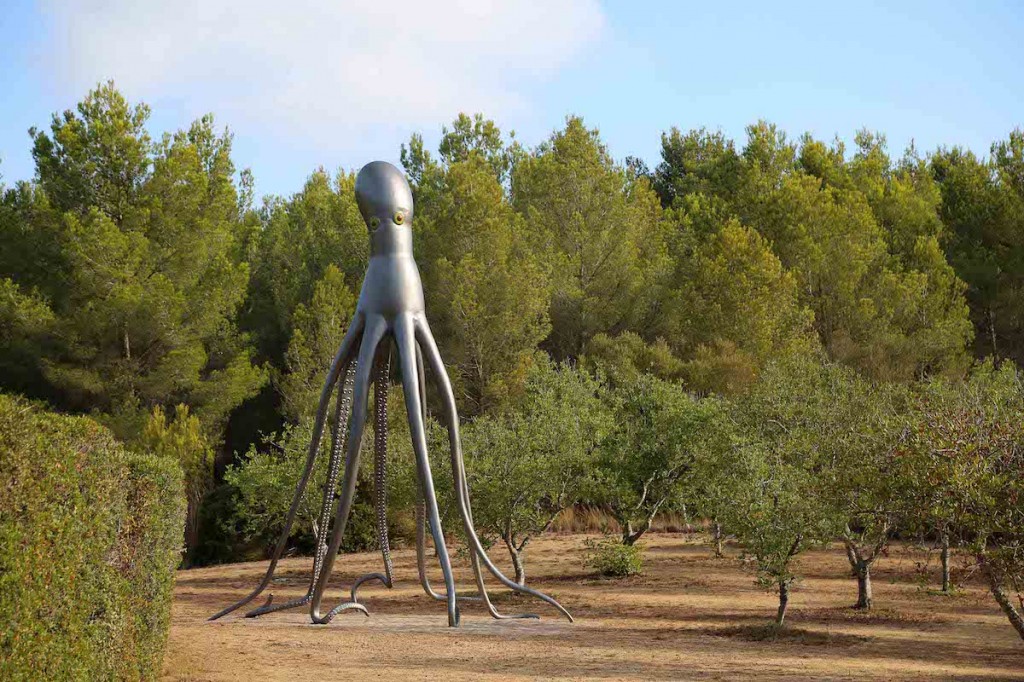
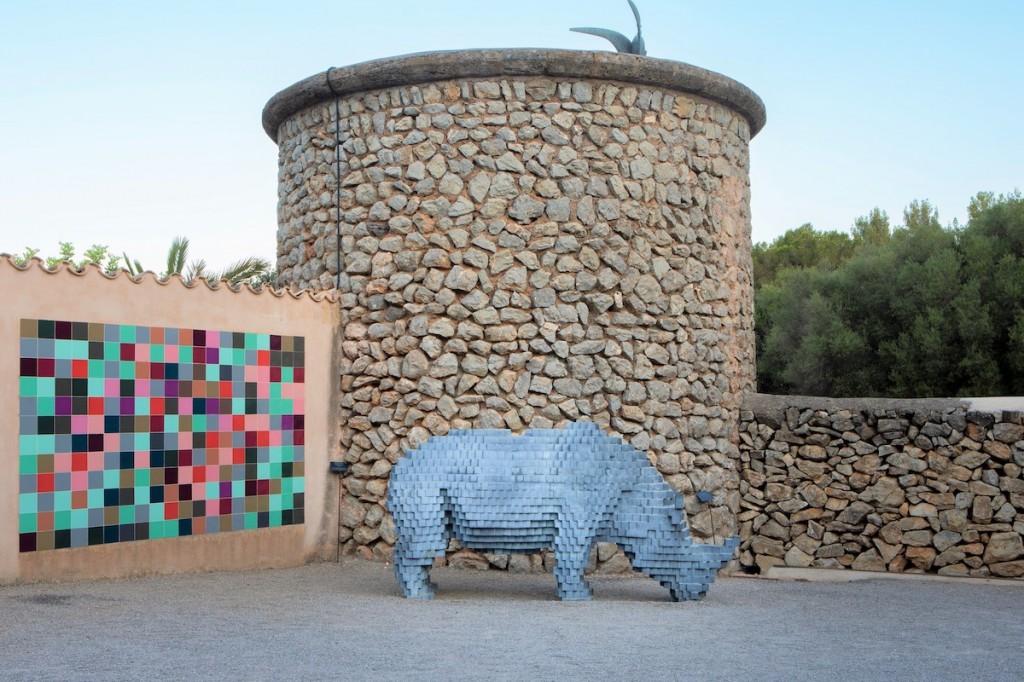
Visions for 2023 and beyond
What was your happiest moment since your private museum has been set up?
The 30 years since inception have passed with many ups and some downs; if we can make our visitors, lectors, trustees and staff happy, then we are the happiest. If posterity will remember us (I am 92 and Yannick is 81) and thus continue to frequent the museum, that will be satisfaction indeed for us.
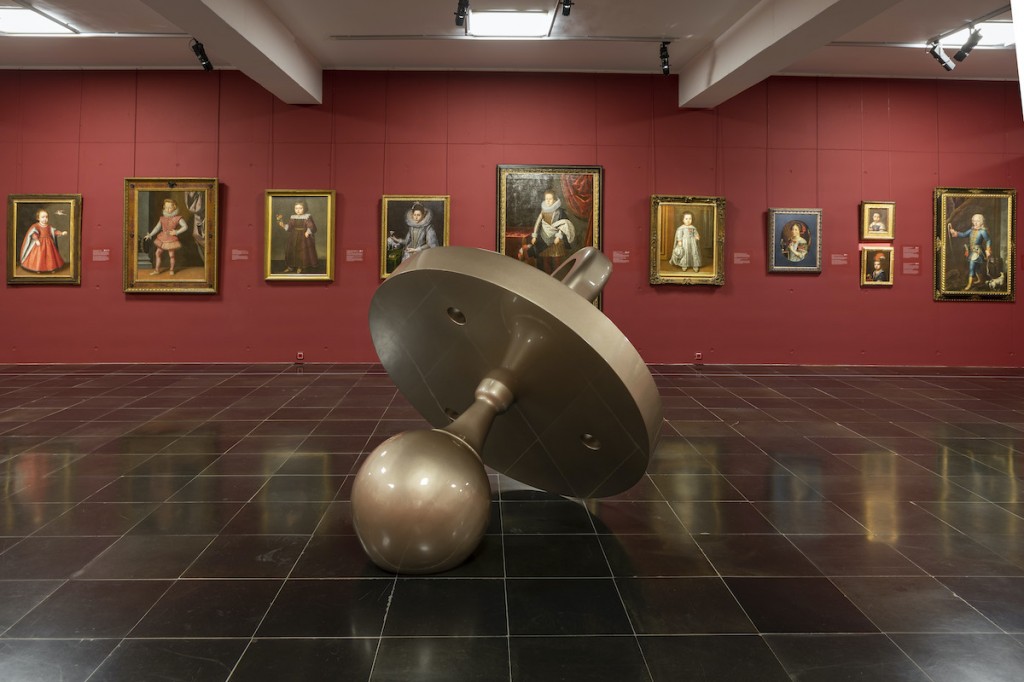
What are on your wish list for 2023 regarding artworks and your museum?
We would like to increase our holdings of non-European art: Africa, PNG, Australian Aborigine, etc. without failing to keep up with younger, female European artists. We are not in a race to collect “names” but strong beautiful art that has a connection with our present holdings. We would also love to fund more publications elaborating on different aspects of the museum, such as “The Collection: Exhibition 2022”, which we published at the end of last year.
What are your visions for the museum in the next five and ten years respectively?
To get our long-term objectives right we must focus on our short-term actions. We must become more visible internationally. We must continue to improve our visitor experience and foment the loyalty of our staff by always doing right by them. Our plan is also to increase our paying visitor numbers to be able to become more independent financially.
Related: msbb
Instgram: @museosabassablanca





